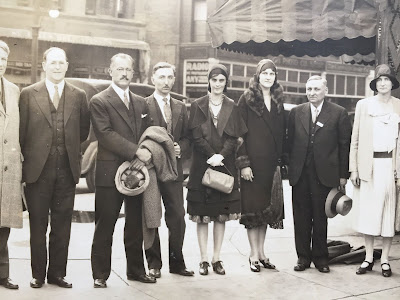Come out this Wednesday for a study break during finals!
Grab coffee and tasty fresh-baked donuts outside of the Riesenfeld Rare Books Center.
When: Wednesday, December 11, 11:00 a.m. - 1:30 p.m.
Where: Outside the Riesenfeld Rare Books Center*
What: Coffee and donuts!
* The Center is in N30, on the sub-plaza past Sullivan Cafe.
* The Center is in N30, on the sub-plaza past Sullivan Cafe.































